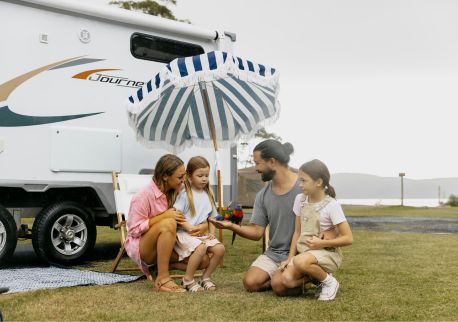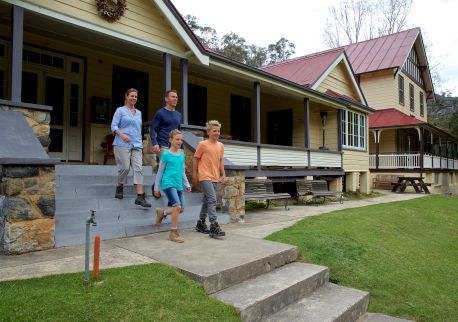Byro - Byron Bay Transfers
Overview
Forget airport stress or waiting for rides – these effortless transfers whisk you away from the moment you land, leaving you free to soak up the Byron vibes.
The online form on byro.au is as quick as a koala climbing a gum tree, and if you're short on time, a call to 1800-MY-BYRO gets you rolling within minutes. So ditch the ordinary, arrive like an A-lister, and let byro.au show you why Byron Bay is anything but ordinary.
With over 30 cars and four buses, Byro is the largest chauffeured fleet in Byron Bay.































